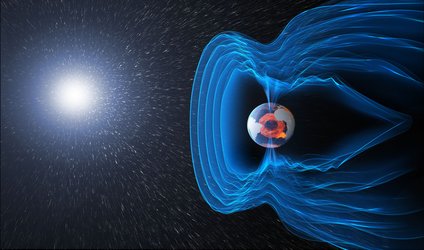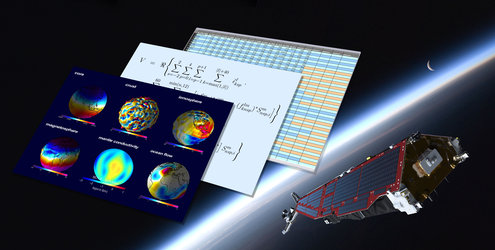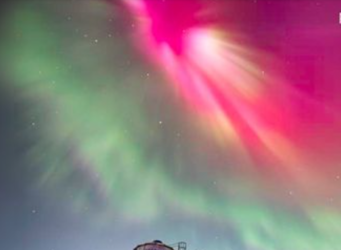Getting to know Steve
Steve – a strange shimmering ribbon of purple light in the night sky – was discovered in 2016, but now, thanks to ESA’s Swarm mission, more is known about this weird feature of the aurora.
Dedicated aurora chasers may have pondered for some time about this eerie light show, which is sort of like a normal aurora … but not.
Researchers first became aware of what was to be named Steve when members of the Aurora Chasers Facebook group began posting photos of unusual purple streaks in the night sky.
Since the Steve phenomenon hit the headlines, scientists have been trying to figure out exactly what it is. And, despite the somewhat ordinary name, it turns out Steve is a pretty complicated guy.

A team led by Elizabeth MacDonald, a space physicist at NASA, has used information from ESA’s Swarm magnetic field satellites, to publish a paper in Science Advances that goes some way in unveiling the mystery of Steve.
Auroras form when our magnetic field guides energy and atomic particles in the solar wind around Earth and towards the north and south poles. When these particles collide with atoms and molecules in the upper atmosphere, the familiar waves of luminous green light of the aurora borealis and aurora australis appear in the night sky.
The study highlights that while Steve can appear at the same time as an aurora, it is a very different beast.
Auroras are usually greens, blues and reds and can last hours. Steve is a purple streak and remains in the sky for a relatively short time.

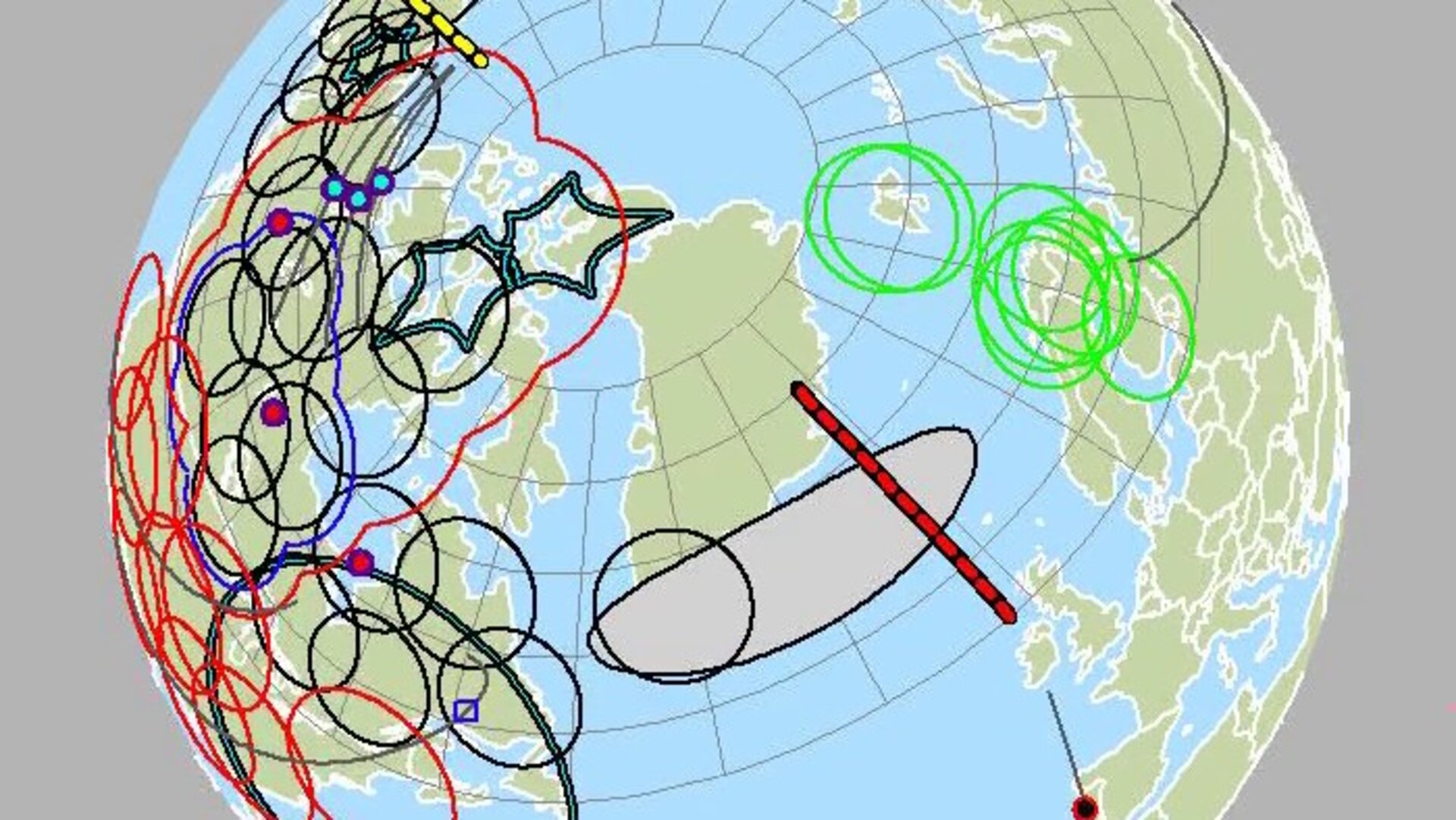
Access the video
While Steve is created through the same general process as a normal aurora, it travels along different magnetic field lines and therefore can appear at much lower latitudes where the alignment of the global electric and magnetic fields makes ions and electrons flow rapidly in the east–west direction, heating them in the process.
Swarm’s measurements show that, indeed, Steve comprises a fast-moving stream of extremely hot atomic particles called a sub-auroral ion drift.
Interestingly, scientists have known about this drift for decades, but were unaware that there is a visual effect.
Elizabeth said, “Steve can help us understand how the chemical and physical processes in our upper atmosphere can sometimes have local noticeable effects in lower parts of the atmosphere.
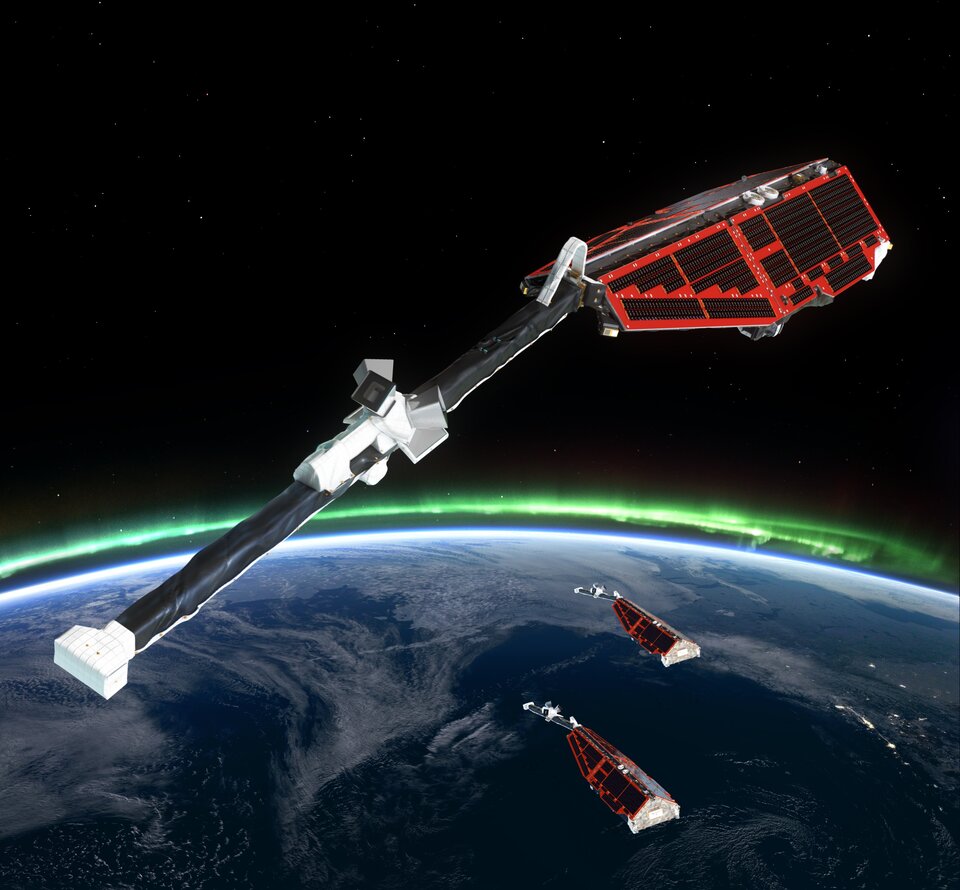
“This provides good insight on how Earth’s system works as a whole.”
As for the name Steve, which was given by citizen scientists – well, it’s here to stay and in true scientist fashion an acronym has been assigned: Strong Thermal Emission Velocity Enhancement.
Rune Floberghagen, ESA’s Swarm mission manager, said, “Although Steve is now being studied by some of the best scientists in the field of space weather, it remains an excellent example of citizen science – without which it could have gone unnoticed.
“The Swarm mission has again helped to further our knowledge of how the Sun and Earth are connected.”














 Germany
Germany
 Austria
Austria
 Belgium
Belgium
 Denmark
Denmark
 Spain
Spain
 Estonia
Estonia
 Finland
Finland
 France
France
 Greece
Greece
 Hungary
Hungary
 Ireland
Ireland
 Italy
Italy
 Luxembourg
Luxembourg
 Norway
Norway
 The Netherlands
The Netherlands
 Poland
Poland
 Portugal
Portugal
 Czechia
Czechia
 Romania
Romania
 United Kingdom
United Kingdom
 Slovenia
Slovenia
 Sweden
Sweden
 Switzerland
Switzerland





























